Not every dog owner has it all figured out. In fact, most are just winging it—with a leash in one hand and Google in the other.
Is your dog staring at the wall because it’s haunted?
Why does it kick grass like a dramatic little maniac after pooping?
And seriously—should you be worried about those reverse sneezes that sound like an alien trying to escape?
We all pretend to know what we’re doing, but behind the belly rubs and treats, there’s a long list of weird, mildly embarrassing questions we’ve been dying to ask.
So let’s stop pretending and dig into the stuff you really want to know.
No judgment, no vet jargon—just honest answers to 20 questions every dog owner has whispered to themselves at least once.
Why does my dog eat grass?
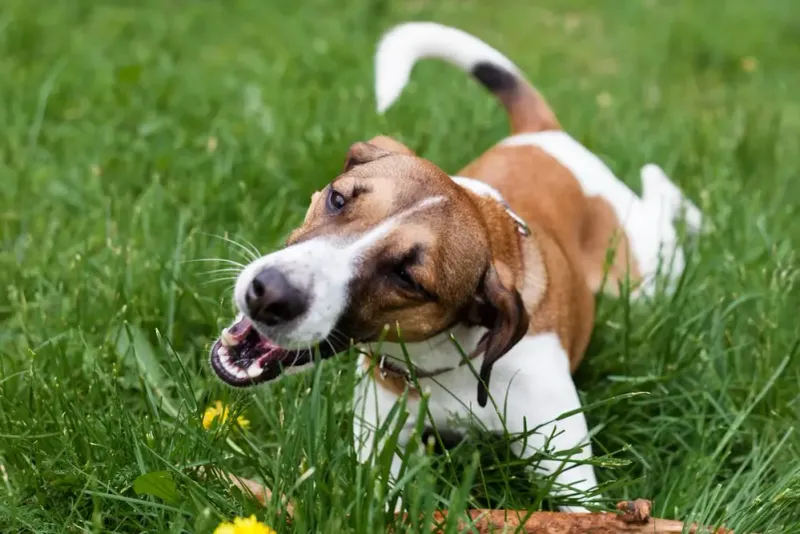
Ever caught your dog munching on grass like a tiny lawnmower? This common behavior leaves many owners puzzled. Though it seems odd, grass-eating is usually harmless. Some experts believe it aids digestion or provides missing nutrients. Others suggest it could simply be a dog’s way to relieve boredom.
While occasional grazing is normal, frequent consumption might signal dietary deficiencies. Keep an eye on your pet’s health, and consult a vet if concerns arise. Interestingly, dogs may consume grass to induce vomiting, a natural mechanism to alleviate gastrointestinal discomfort.
Is my dog dreaming when it twitches in sleep?

As your dog snoozes, you might notice its paws twitch or ears flicker. Could it be dreaming? Research suggests that dogs do indeed dream, much like humans. When in a deep sleep stage known as REM, dogs can experience vivid dreams.
These dreams may replay a day filled with chasing squirrels or playing fetch. Their twitches and movements reflect these imagined adventures. If your dog seems restless during sleep, ensure its sleeping area is comfortable and quiet. Understanding these nocturnal behaviors enriches our bond with our furry friends.
Why do dogs circle before lying down?

Before settling down, you might observe your dog turning in circles. This behavior harks back to their wild ancestors. Circling was a way to pat down grass or leaves, creating a comfy sleeping spot.
Though modern dogs have cozy beds and sofas, the instinct remains. It’s a ritual that offers comfort and security. If your dog circles excessively or seems uncomfortable, it might be time to check for conditions like arthritis. This simple act connects domestic dogs to their historical roots, reminding us of the wild origins within.
Should I brush my dog’s teeth?
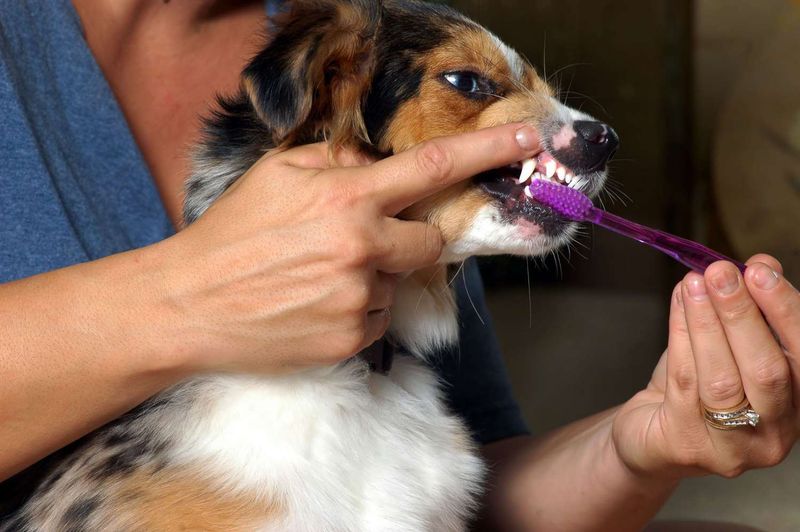
Dental hygiene isn’t just for humans. Your dog’s oral health is crucial to its overall well-being. Regular tooth brushing prevents tartar build-up and reduces the risk of gum disease. Surprisingly, many owners overlook this essential care aspect.
Starting early can make brushing a smooth process. Use canine-specific toothpaste and a comfortable brush. Remember, never use human toothpaste for dogs. If brushing isn’t possible, dental chews and toys can help maintain oral health. Prioritizing your pet’s dental care ensures a radiant smile and a happy, healthy life.
Why does my dog howl at sirens?
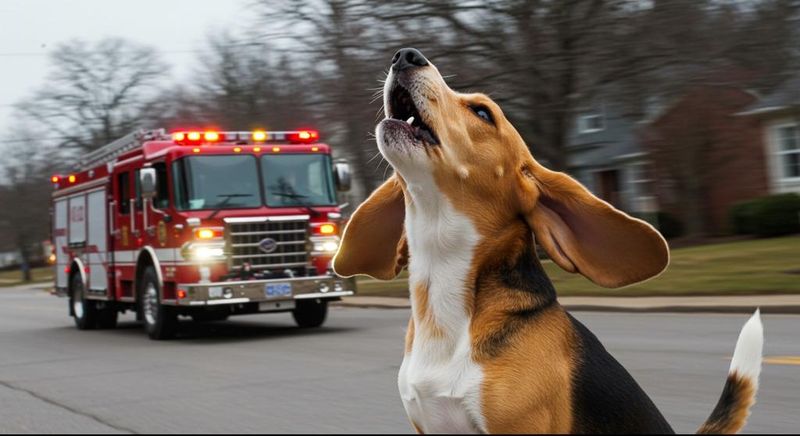
The wailing of a siren often prompts an echoing howl from dogs. This behavior roots back to their wolf ancestry. In the wild, howling was a form of communication across distances.
Modern dogs might howl at sirens as a response to pitch, perceiving them as similar to another dog’s call. It’s a fascinating reminder of their wild past. If howling becomes excessive or distressing, calming techniques may help. Understanding these instincts helps us appreciate the deep-seated behaviors shared with their ancestors.
Can dogs see color?
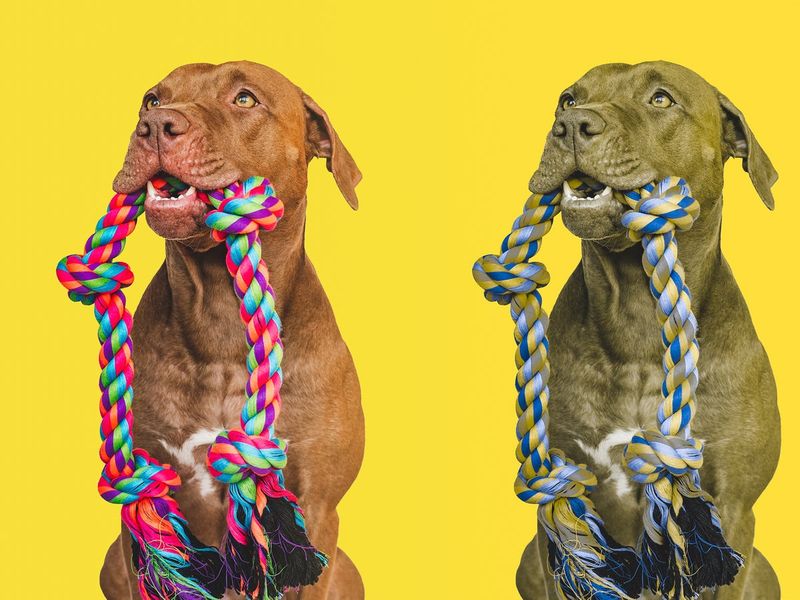
The world through a dog’s eyes is not as colorless as once thought. While dogs don’t see the full spectrum of colors humans do, they experience a world rich in shades of blues and yellows.
Their vision is akin to a person with red-green color blindness. This doesn’t hinder their ability to navigate environments effectively. Dogs rely more on scent and sound than color vision. Understanding their visual perception enriches our interaction with them, making playtimes and walks more engaging and enjoyable.
Why does my dog tilt its head?
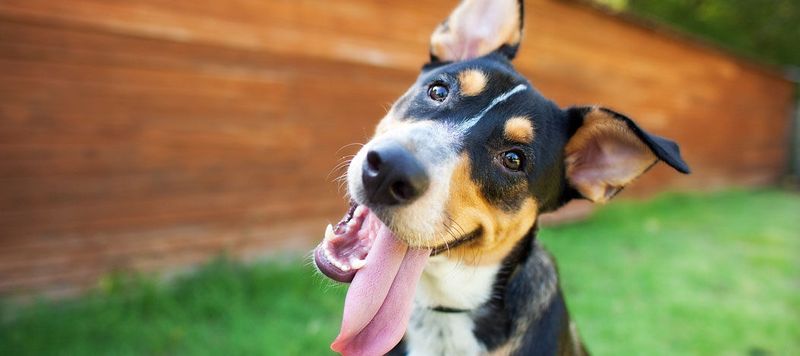
There’s something undeniably charming about a dog tilting its head during a conversation. This endearing gesture is not just for show. Dogs tilt their heads to better hear and understand sounds.
It may also help them see facial expressions more clearly. This behavior indicates attentiveness and curiosity. If head tilting becomes frequent without cause, consult a vet to rule out any possible ear issues. These quirky tilts strengthen the communication between humans and their loyal companions.
Is it okay to let my dog sleep in my bed?

Sharing a bed with your dog is often a topic of mixed opinions. For many, the cuddles provide warmth and a sense of security. However, it can lead to disrupted sleep or potential behavioral issues.
Consider factors like allergies, space, and personal comfort. Establish clear boundaries if you choose to share your bed. Regular grooming can minimize shedding and dirt. Ultimately, it’s a personal decision influenced by lifestyle preferences. Understanding both sides helps make an informed choice for harmonious co-sleeping.
Why does my dog chase its tail?
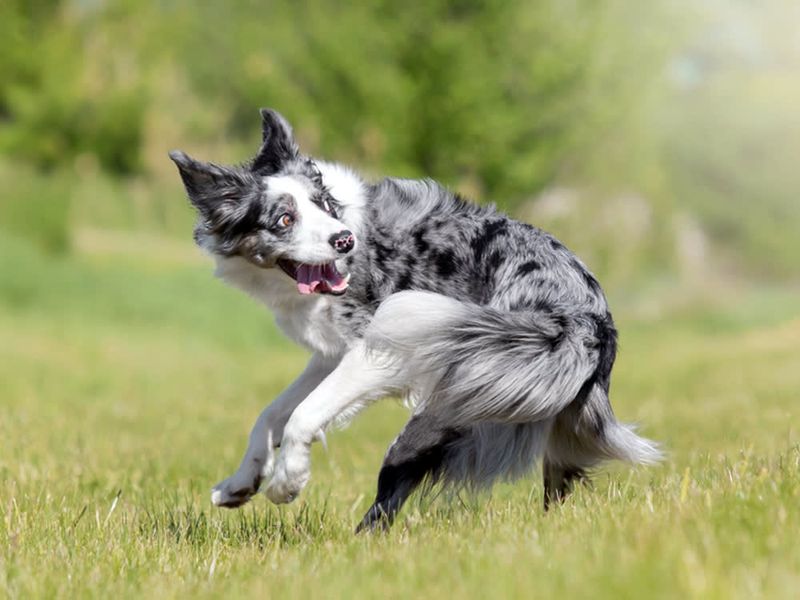
Tail chasing is a common sight that often tickles dog owners. While it can be a playful, harmless activity, frequent chasing might signal underlying issues. Puppies often chase their tails out of curiosity and playfulness.
However, excessive chasing in older dogs could indicate boredom, anxiety, or even medical concerns like fleas or allergies. Observing the frequency and context of this behavior is essential. Providing ample exercise and mental stimulation can minimize unwanted tail chasing, ensuring your pet stays healthy and happy.
Are dogs left or right-pawed?
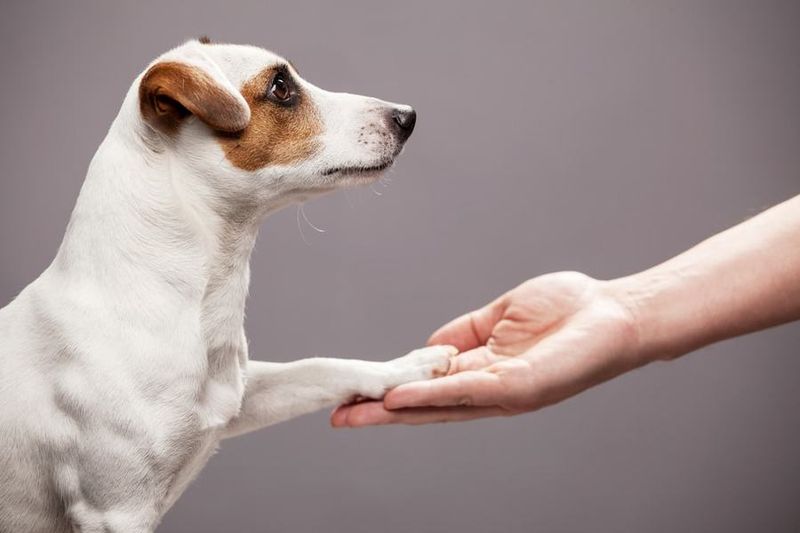
Just like humans, dogs can have a dominant paw. This phenomenon, known as laterality, varies among individual dogs. Observing which paw your pet uses to reach for toys or during play can reveal their preference.
Some studies suggest that left-pawed dogs may even excel in specific tasks. Knowing your dog’s dominant paw adds a layer of understanding to your interactions, especially in training or agility activities. It’s a delightful insight into the unique characteristics that make each dog special.
Why does my dog dig holes?
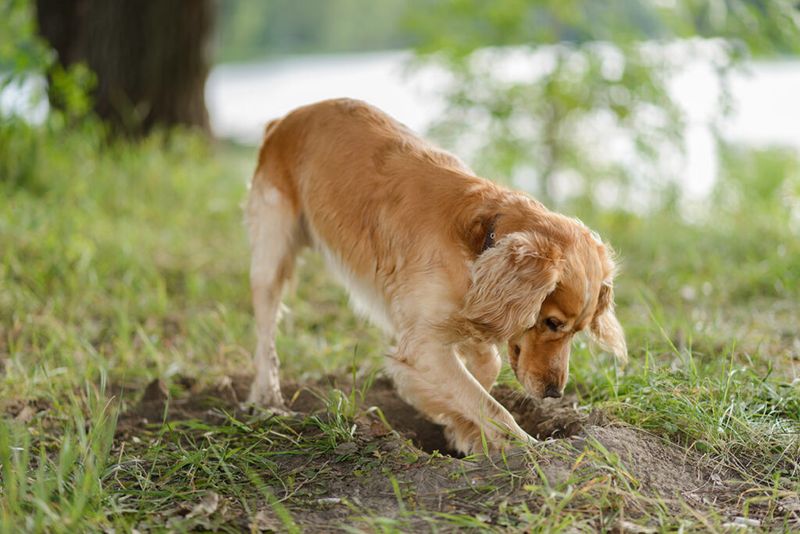
If your backyard resembles a mini-moon surface, you might wonder why your dog digs holes. This behavior stems from instincts linked to hunting or creating a cool resting spot.
Some dogs dig to bury toys or relieve boredom. Providing designated digging areas or offering more exercise can curb excessive digging. If the behavior persists, consider behavioral training. Understanding the motivation behind digging helps address it effectively, ensuring your garden stays intact while satisfying your pet’s natural instincts.
Can dogs recognize themselves in mirrors?
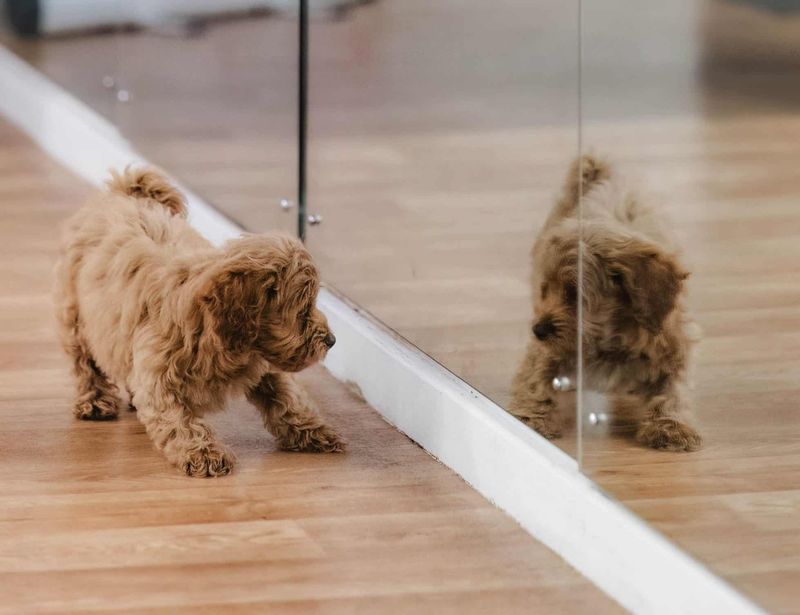
Mirrors have long fascinated humans, but dogs experience them differently. Unlike humans, dogs generally lack self-recognition in mirrors. Instead, they may perceive the reflection as another dog.
This lack of recognition doesn’t imply a lack of intelligence. Dogs rely more on scent and sound to identify themselves and others. While some dogs may show interest in their reflections, it’s often out of curiosity rather than self-awareness. Understanding this behavior emphasizes the diverse ways dogs interpret the world around them.
Why do dogs bury their food?
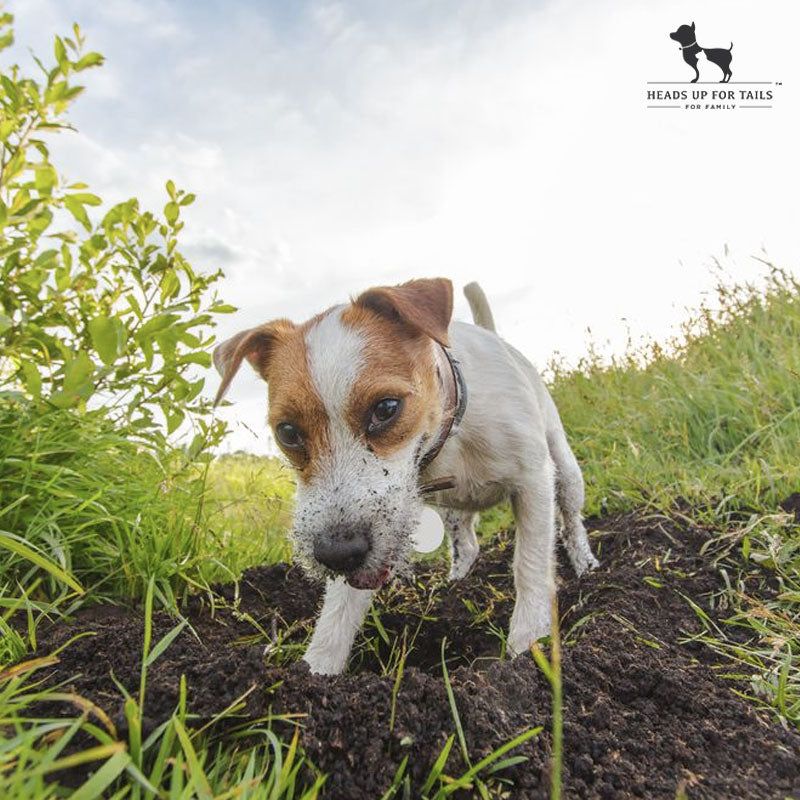
Burying food is a behavior that puzzles many owners. This instinct harks back to their wild ancestors, who stored excess food to consume later. In domestic settings, some dogs display this behavior as a way to save treats for future enjoyment.
While amusing, burying can sometimes indicate a lack of comfort with their environment. Ensuring your dog feels secure and isn’t overfed may reduce this behavior. It’s a quirky reminder of the survival tactics ingrained in our pets through generations of evolution.
Why does my dog bark at the TV?
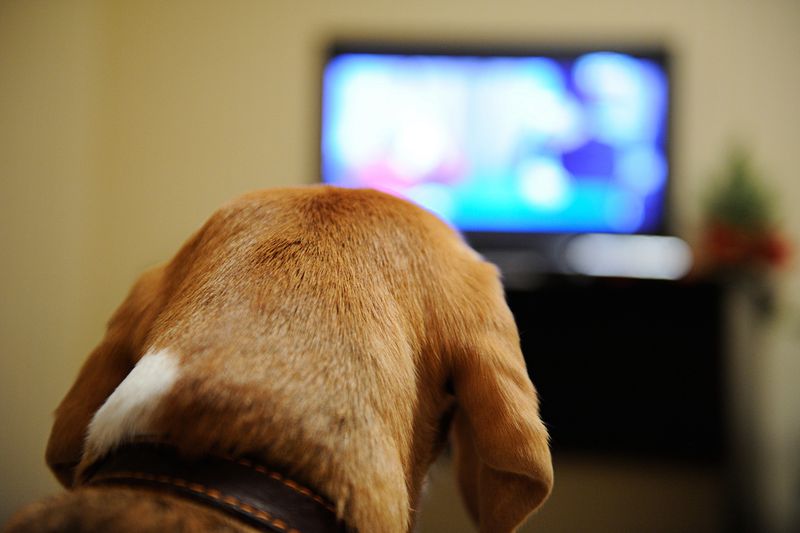
Television barking is a familiar scenario in many homes. Dogs may bark at moving images or sounds on TV due to their keen senses. Certain noises or visuals can trigger their instincts, prompting them to vocalize.
Understanding your dog’s triggers can help manage this behavior. Some dogs react more to specific shows or sounds, requiring gentle training to minimize disturbances. Providing alternative entertainment or a quiet space can also be beneficial. This behavior underscores the sensitivity dogs have towards their environment.
Why do dogs lick their owners?
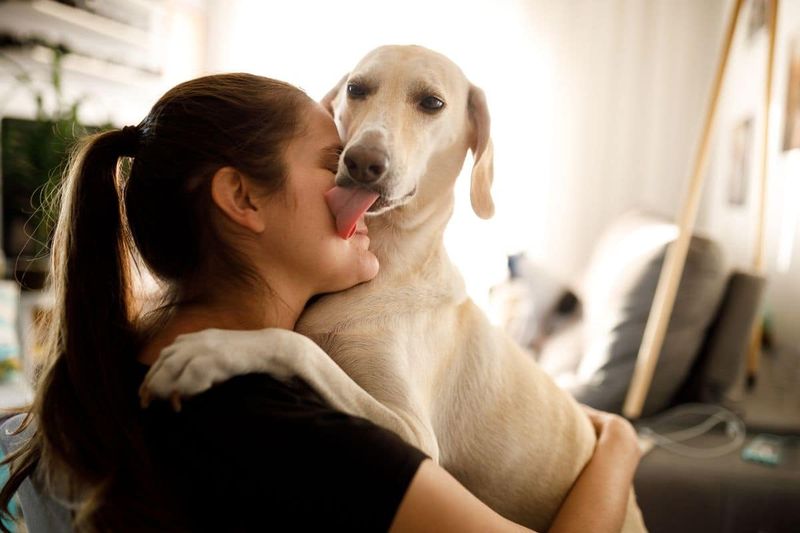
Licking is often a dog’s way of communicating affection. When your dog licks you, it’s expressing love and bonding. This behavior is akin to how puppies are groomed by their mothers.
However, excessive licking can sometimes indicate anxiety or medical issues. Monitoring the context and frequency of licking is important. Encourage alternative expressions of affection if licking becomes problematic. This endearing gesture highlights the deep connections dogs form with their human families, making them cherished companions.
What does it mean when my dog sighs?

A dog’s sigh can convey contentment or a range of emotions. Often, sighing accompanies relaxation, signaling your pet’s comfort and happiness.
Conversely, sighs can also indicate boredom or mild frustration. Observing accompanying body language provides context to your dog’s sighs. If your pet frequently sighs with signs of distress, consult a vet or behaviorist. Embracing these subtle cues strengthens the bond and understanding between you and your canine friend.
Why does my dog roll in smelly things?
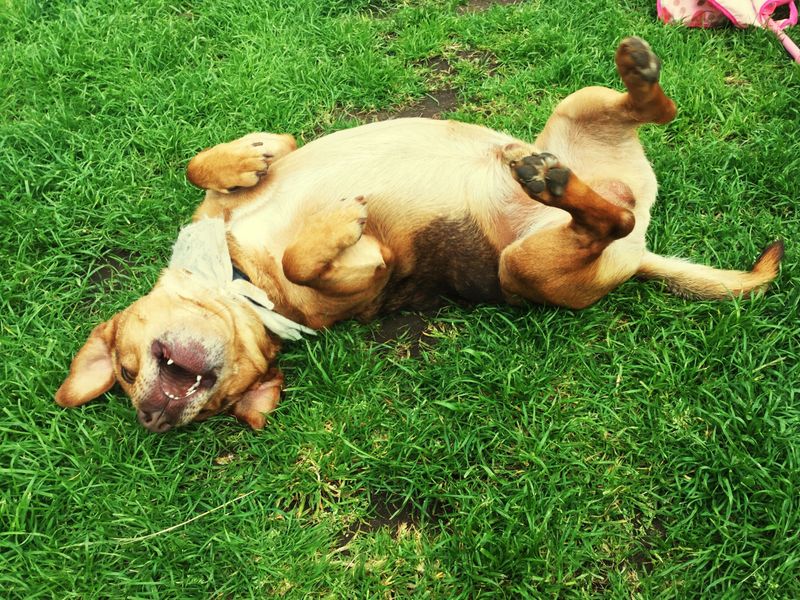
Dogs rolling in smelly substances can perplex even the most devoted owners. This behavior is believed to stem from their hunting ancestors trying to mask their scent.
While it might be unpleasant, it’s a natural instinct. Regular baths and monitoring your pet’s play areas can minimize this behavior. Offering alternative outlets for their energy helps too. Understanding this quirk reminds us of the wild instincts still present in our domesticated pets, connecting them to their ancestral habits.
Why does my dog hump?
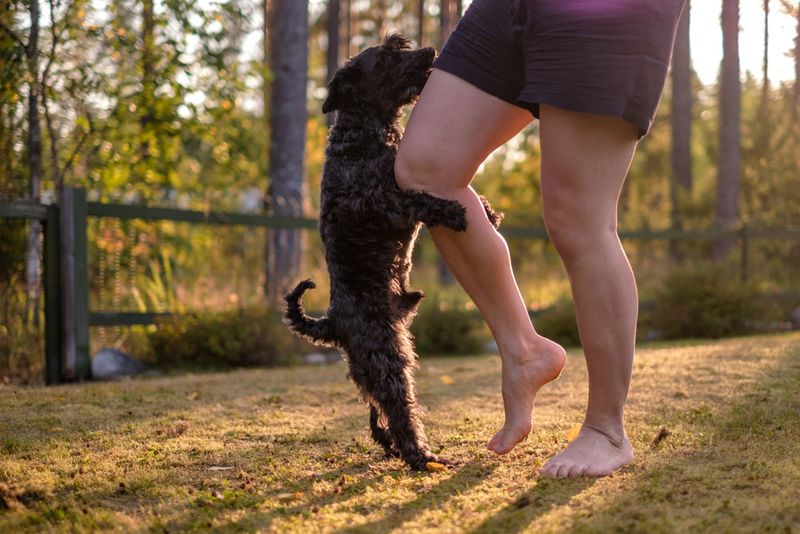
Humping in dogs can be a puzzling and sometimes embarrassing behavior. While often associated with mating instincts, dogs may hump for various reasons. It could signal excitement, playfulness, or even anxiety.
Often, it’s a way to release energy or assert dominance. Understanding the context and frequency helps address this behavior appropriately. Providing distractions or training can reduce unwanted humping. This behavior highlights the complex social dynamics and instincts present in our canine companions.
Can dogs tell time?

Dogs might not read clocks, but their sense of time is impressive. They rely on environmental cues and routines to gauge time. A dog’s internal clock helps them anticipate meals, walks, and the return of their humans.
This perception isn’t about knowing the hour but rather associating patterns and behaviors. Maintaining consistent schedules supports their understanding of time. Dogs’ ability to predict events strengthens the bond and structure within the household, showcasing their adaptability and intelligence.
Why does my dog lean on me?
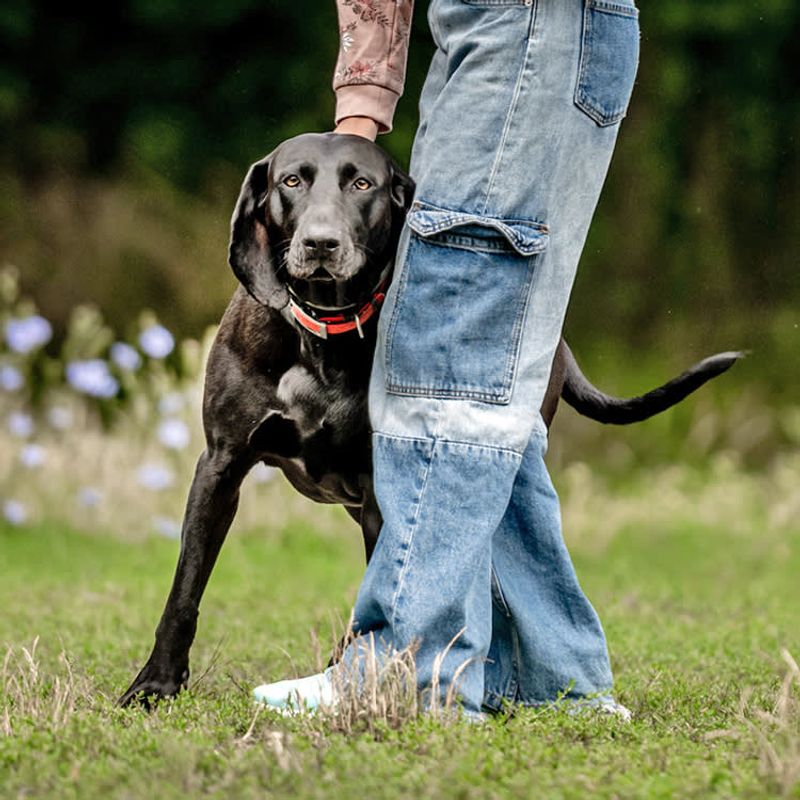
When a dog leans on you, it’s often a sign of trust and affection. This behavior signifies your pet’s reliance and bond with you. Leaning can also be a request for attention or comfort, reinforcing the connection between you and your dog.
However, constant or forceful leaning might indicate anxiety or physical discomfort. Observing your dog’s overall behavior ensures their needs are met. This simple act is a loving gesture that strengthens the emotional ties between owners and their furry companions.

